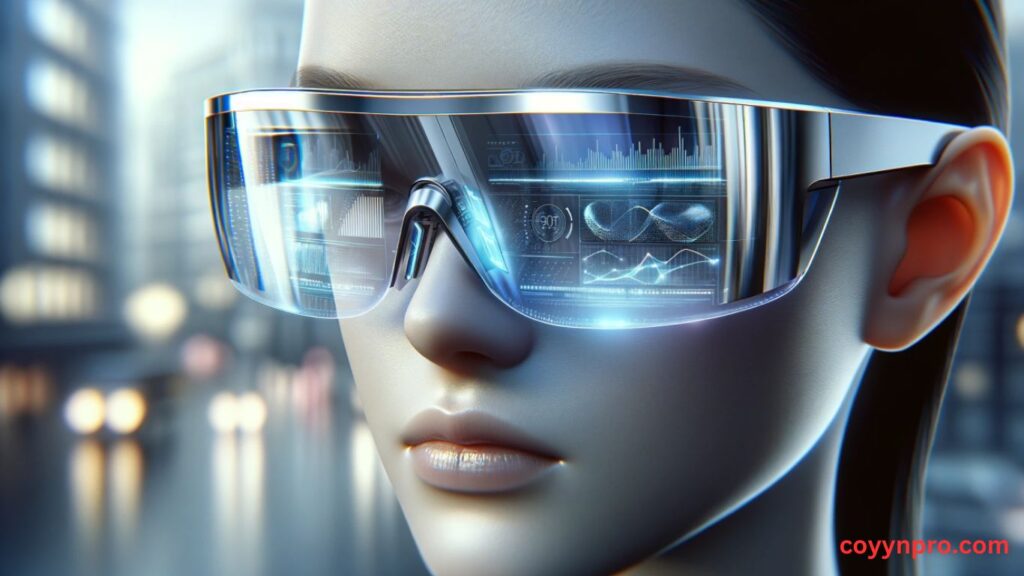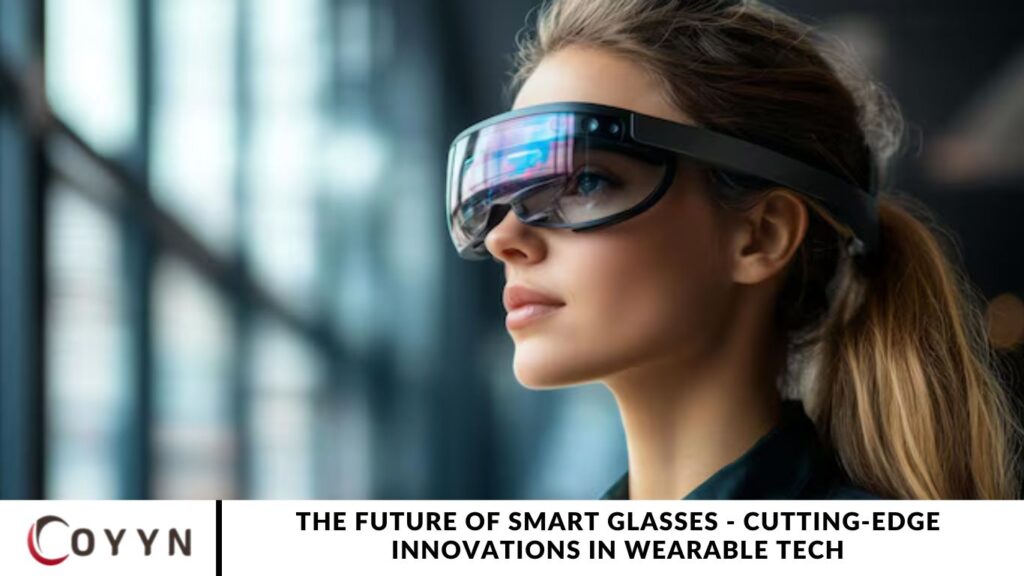Smart glasses have transitioned from a niche gadget to a game-changing innovation in wearable technology. With rapid advancements in AI integration, high-resolution displays, and seamless connectivity, these cutting-edge devices are becoming more practical for everyday use. As leading tech brands ramp up research and development, smart glasses are set to revolutionize digital interactions, enhancing productivity, communication, and immersive experiences.
Augmented Reality and Enhanced Displays
One of the most groundbreaking advancements in smart glasses is the seamless integration of augmented reality (AR). Unlike conventional eyewear, AR-powered smart glasses overlay digital information onto the real world, enabling real-time navigation, instant notifications, and immersive interactive experiences. Tech companies are continuously refining display clarity and expanding the field of view, ensuring users benefit from enhanced visuals without compromising on comfort or aesthetics.
Innovative technologies like MicroLED and waveguides are transforming display performance while maintaining a sleek, lightweight design. These cutting-edge advancements deliver superior contrast, enhanced brightness, and optimized power efficiency, making smart glasses more practical for extended daily use.
AI Integration and Hands-Free Assistance
Artificial intelligence is revolutionizing the future of smart glasses, transforming them into powerful, hands-free digital assistants. With advanced voice recognition and AI-driven virtual assistants, users can effortlessly send messages, manage schedules, and even translate languages in real-time. This hands-free convenience is especially beneficial for professionals in industries like logistics, healthcare, and engineering, where quick access to information enhances productivity and safety.
As AI technology rapidly evolves, smart glasses are incorporating contextual awareness, allowing them to anticipate user needs based on location, habits, and real-time data. This advancement is turning wearable tech into an intuitive, seamless extension of daily life, redefining how we interact with the digital world.
Connectivity and Integration with Other Devices
Smart glasses are evolving beyond standalone devices, becoming essential components of a fully connected ecosystem. By seamlessly integrating with smartphones, smartwatches, and other wearables, they enhance user convenience, allowing for hands-free access to calls, music controls, and notifications without the need to reach for a phone.
Advancements in 5G and Bluetooth connectivity are significantly reducing latency, enabling real-time data transmission. This is particularly crucial for AR applications, where even slight delays can disrupt the user experience. As connectivity continues to improve, smart glasses will unlock new possibilities in gaming, education, and remote collaboration, further cementing their role in the future of wearable technology.
Fashion and Comfort: The Next Evolution
One of the biggest challenges in smart glasses adoption has been striking the perfect balance between advanced technology and wearable design. Early models were often criticized for their bulky appearance, but recent innovations are shifting the focus toward aesthetics and comfort. Collaborations between leading tech companies and fashion-forward eyewear brands are producing sleeker, more stylish designs that appeal to a broader audience.
By incorporating lightweight materials, ergonomic improvements, and discreet hardware integration, smart glasses are evolving from tech-heavy gadgets into fashionable, everyday accessories. This transformation is essential for driving mainstream adoption, making smart glasses a seamless blend of style and functionality.
Privacy and Security Considerations
As smart glasses become more embedded in everyday life, privacy and security concerns take center stage. Features like discreet cameras and real-time data collection raise essential questions about user consent and data protection, sparking debates on ethical technology use.
To address these concerns, manufacturers are enhancing transparency with robust privacy settings, enabling users to control data sharing and manage camera or microphone access. Striking the right balance between cutting-edge functionality and ethical responsibility will be crucial in fostering trust and driving mainstream adoption of smart glasses.
Design and Wearability Improvements

Sleeker, More Wearable Designs
Early smart glasses were often criticized for their bulky and tech-heavy appearance, limiting their mainstream appeal. However, modern iterations prioritize sleek, fashionable designs that seamlessly integrate technology with everyday style.
Tech and Fashion Collaborations
Leading tech companies are partnering with high-end eyewear brands to create smart glasses that blend innovation with aesthetics. These collaborations focus on producing frames that look and feel like traditional eyewear while incorporating advanced digital features.
Lightweight Materials and Ergonomic Enhancements
Advancements in material science are making smart glasses lighter, more durable, and comfortable for all-day wear. Features like slimmed-down frames, improved weight distribution, and discreet hardware integration ensure that users can enjoy the benefits of innovative technology without compromising on style or comfort.
Frequently Asked Question
What are smart glasses, and how do they work?
Smart glasses are wearable devices that integrate digital technology into eyewear. They offer features like augmented reality (AR), AI assistance, and real-time data display. They use sensors, cameras, and connectivity features to enhance user interactions with the digital and physical worlds.
How is augmented reality (AR) improving smart glasses?
AR technology overlays digital information onto the real world, enabling applications like real-time navigation, interactive gaming, and hands-free access to data. Advances in display clarity and field of view are making AR more immersive and practical.
What role does artificial intelligence (AI) play in smart glasses?
AI enhances smart glasses with features like voice recognition, real-time translation, and predictive assistance. AI-driven contextual awareness helps devices anticipate user needs based on location, habits, and real-time data.
How do smart glasses connect with other devices?
Smart glasses seamlessly integrate with smartphones, smartwatches, and other IoT devices via Bluetooth, Wi-Fi, or 5G connectivity. This allows users to receive notifications, make calls, and access apps hands-free.
What industries benefit the most from smart glasses?
Industries like healthcare, logistics, engineering, and retail are adopting smart glasses for hands-free data access, remote assistance, and augmented training. They enhance efficiency, productivity, and communication in professional settings.
Conclusion
Smart glasses are rapidly evolving from niche gadgets to powerful, everyday tools that enhance how we interact with the digital and physical world. With advancements in augmented reality, artificial intelligence, seamless connectivity, and sleek design, these wearable devices are becoming more practical, functional, and stylish.
As major tech companies continue to refine their features—improving display technology, integrating AI-driven assistance, and addressing privacy concerns—smart glasses are set to revolutionize industries from healthcare and logistics to gaming and education. The rise of 5G and more intuitive user interfaces will further solidify their role in shaping the future of digital interaction.


